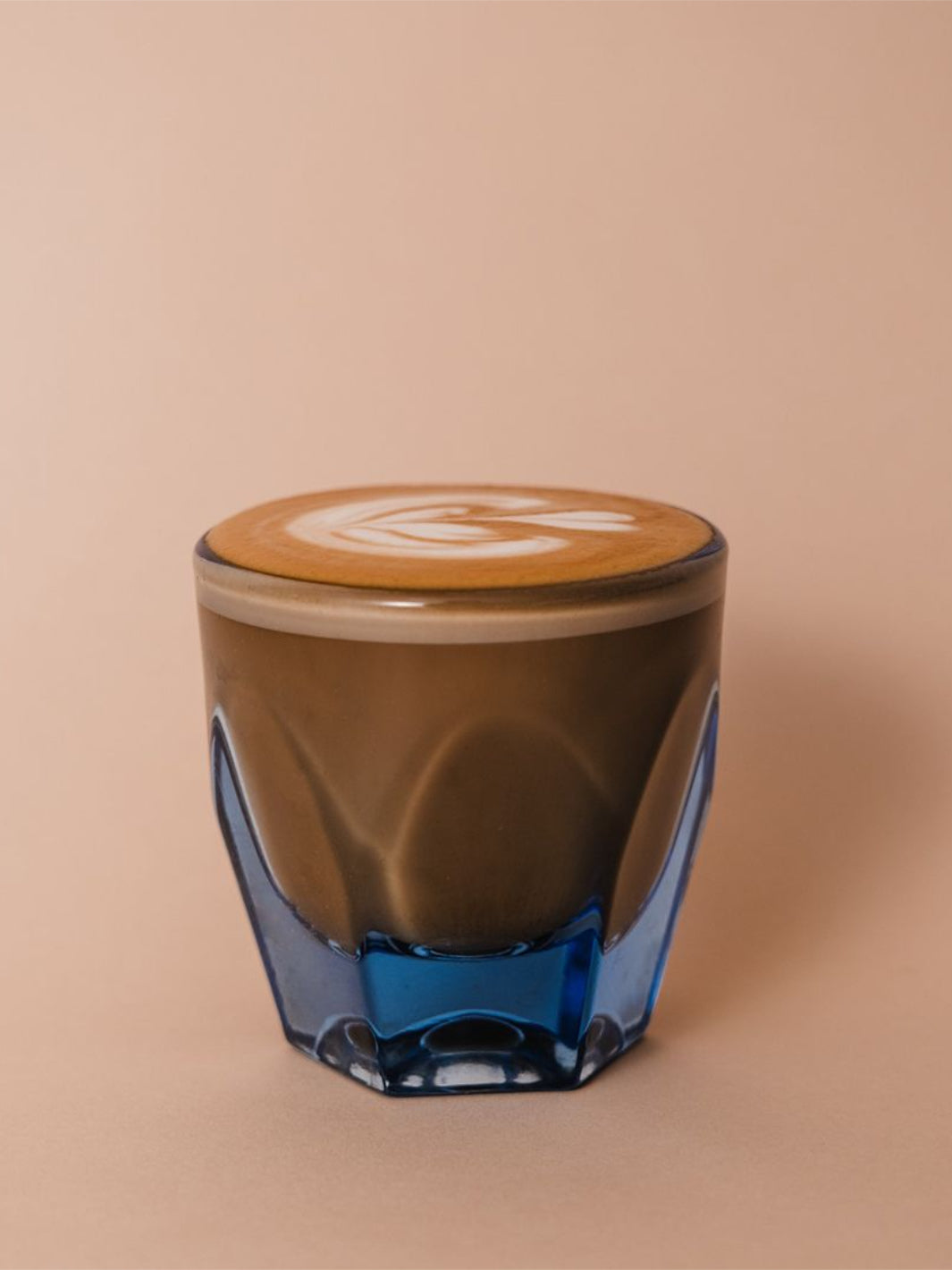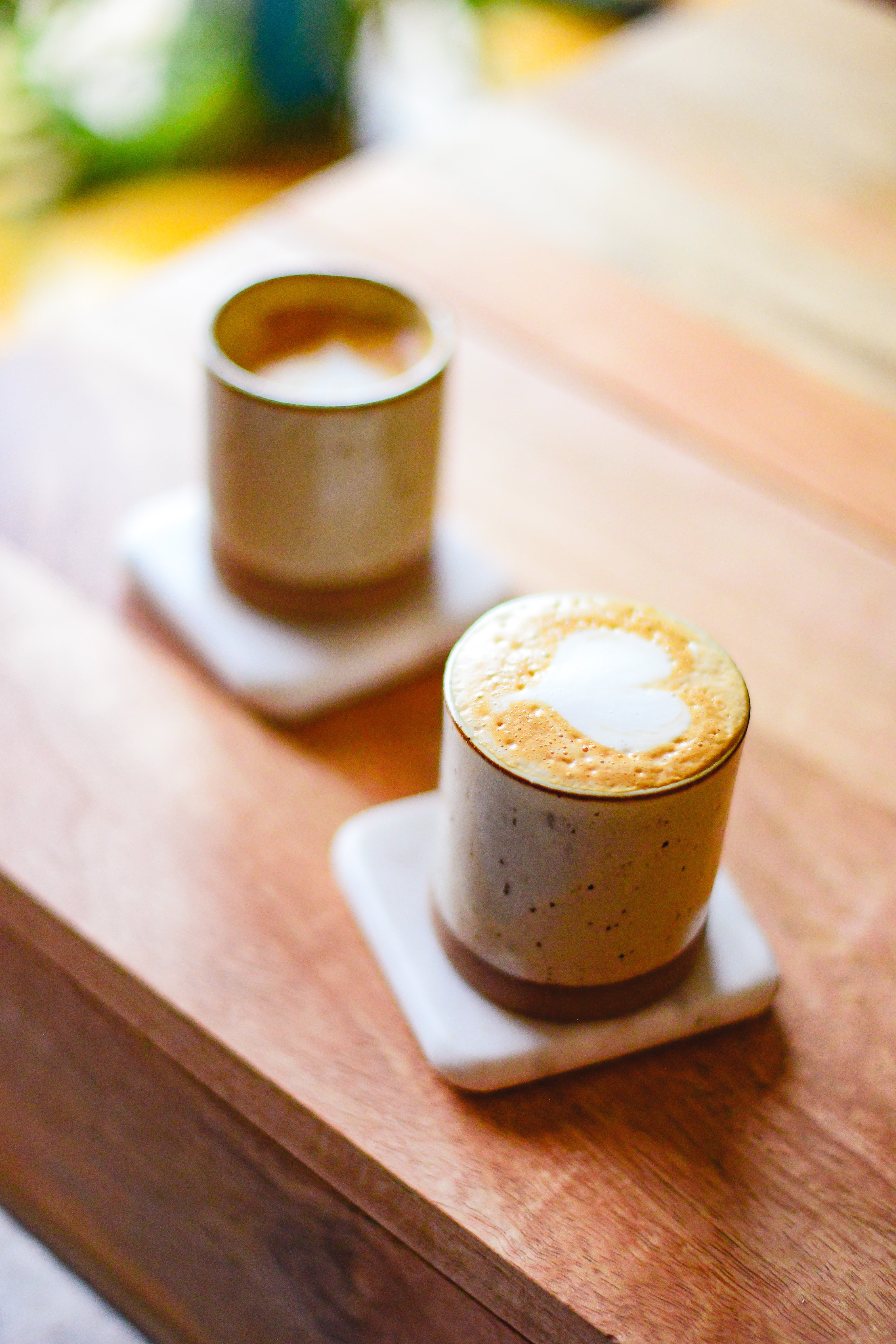Cortado vs Latte vs Flat White: In-Depth Coffee Comparison

Cortado vs Latte vs Flat White: In-Depth Coffee Comparison
Attention coffee lovers! Are you struggling to choose between three classic coffee drinks - cortado, latte, and flat white? In this in-depth comparison, we'll be examining the milk, espresso, and foam used, the brewing methods, and the taste profiles of these three drinks. Get ready to be persuaded and discover your new favorite coffee experience! Cortado, Latte, and Flat White: Overview Cortado, latte, and flat white are three popular coffee drinks that originate from different parts of the world but share some common elements. They are all espresso-based beverages that incorporate steamed milk to create a rich and creamy coffee experience. Cortado Originating in Spain, the cortado is a balanced and strong coffee drink that engages the combination of equal parts espresso and steamed milk. This espresso-focused beverage is often enjoyed in a small glass, which accentuates the impactful flavors.
Attention coffee lovers! Are you struggling to choose between three classic coffee drinks - cortado, latte, and flat white? In this in-depth comparison, we'll be.
Attention coffee lovers! Are you struggling to choose between three classic coffee drinks - cortado, latte, and flat white? In this in-depth comparison, we'll be examining the milk, espresso, and foam used, the brewing methods, and the taste profiles of these three drinks. Get ready to be persuaded and discover your new favorite coffee experience!
Cortado, Latte, and Flat White: Overview
Cortado, latte, and flat white are three popular coffee drinks that originate from different parts of the world but share some common elements. They are all espresso-based beverages that incorporate steamed milk to create a rich and creamy coffee experience.
Cortado
Originating in Spain, the cortado is a balanced and strong coffee drink that engages the combination of equal parts espresso and steamed milk. This espresso-focused beverage is often enjoyed in a small glass, which accentuates the impactful flavors of the espresso while harmoniously blending with the velvety milk. Unlike a flat white or latte, cortados usually do not feature any intricate latte art designs.
Latte
The latte is a widely recognized coffee drink originating from Italy. It is characterized by its layered composition, with 1/6 espresso, 4/6 steamed milk, and 1/6 foamed milk. The result is a large and creamy beverage, often enjoyed in a 10 oz glass, which highlights the flavors of the milk while complementing the coffee notes from the espresso. Lattes are well-known for their artistic flair, as skilled baristas create intricate latte art designs on the surface of the drink using the foamed milk as a canvas.
Flat White
The flat white, with its roots in Australia and New Zealand, is an espresso-forward drink that features a smooth and robust coffee flavor. It is created by combining 2/3 espresso with 1/3 micro-foam milk which results in a velvety texture. Typically presented in a small ceramic cup, the flat white appears visually similar to a cortado due to the lack of foam, but the texturized milk lends itself well to the creation of more minimalistic latte art.
In summary, the cortado, latte, and flat white are all unique and flavorful coffee drinks that showcase the versatility and depth of espresso and steamed milk combinations. Each drink carries its origins' influence in its presentation, choice of milk ratios, and delivery, ultimately offering a diverse range of coffee experiences for the avid coffee lover.
Key Components: Espresso, Steamed Milk, and Foam
Espresso
Espresso is the concentrated coffee base used in preparing cortados, lattes, and flat whites. It is obtained by forcing hot water through tightly packed and finely ground coffee under high pressure. This process results in a rich, intense, and full-bodied coffee flavor, which is the backbone for these popular espresso-based drinks. The amount of espresso used in each beverage can vary, but typically, a single or double shot is used as the base.
Steamed Milk
Steamed milk is an essential component of cortados, lattes, and flat whites. The milk is heated using the steam wand of an espresso machine to create a rich, velvety texture. The key to well-steamed milk lies in gently incorporating air into the milk while maintaining a uniform temperature.
In a cortado, equal parts of espresso and steamed milk are used, resulting in a balanced and espresso-forward flavor. Lattes, on the other hand, are milkier with about one-third espresso and two-thirds steamed milk. Depending on your taste preference, 2% milk or whole milk can be used for a creamier texture.
Foam
Foam, which is created when steamed milk is aerated, plays a substantial role in the texture and mouthfeel of lattes and flat whites. There are different types of foam, ranging from microfoam to larger, more frothy bubbles. Microfoam, in particular, is a silky, velvety foam characterized by its tiny, uniform bubbles.
In a latte, the beverage is topped with a layer of microfoam, giving it a creamy, smooth texture. Flat whites, on the other hand, have a more velvety layer of microfoam incorporated throughout the drink, rather than just on top. This creates a more uniform texture and a richer mouthfeel, distinguishing it from a latte. Cortados, however, usually contain little to no foam, ensuring the focus remains on the espresso and steamed milk.
By understanding the key components of espresso, steamed milk, and foam, one can better appreciate the nuances between cortados, lattes, and flat whites. Each beverage has its own unique characteristics, and ultimately, personal preference will determine which one best suits your taste buds.
Cortado
A Brief History and Origin
The cortado, a popular coffee beverage with origins in Spain and Gibraltar, offers a unique balance of espresso and steamed milk. This Spanish drink has gained popularity worldwide for its simplicity and flavor, with the name cortado derived from the Spanish word cortar, meaning to cut, reflecting the process of cutting the espresso with equal parts steamed milk.
Characteristics and Tasting Notes
A cortado consists of one part espresso and one part steamed milk, creating a harmonious blend of strong coffee flavor and creamy texture. This combination results in a well-balanced beverage that is less intense than a straight shot of espresso but still maintains a robust coffee presence. The cortado is served in a small cortado glass or a tulip cup, showcasing the rich espresso color and the milk's smooth texture. In comparison to a flat white, the cortado has a stronger coffee flavor and a slightly different milk texture.
Preparation and Brewing Method
To prepare a cortado, start by pulling a shot of espresso, ideally a ristretto with the same intensity but smaller in volume. Concurrently, steam the milk until it reaches a velvety consistency without reaching the thicker texture of a latte's microfoam. Pour the steamed milk over the espresso, cutting through the bold flavor and creating the ideal cortado balance. Due to the simple preparation method and basic ingredients, a cortado has relatively low calories compared to other coffee beverages and can be easily adjusted to suit individual tastes for sweetness and strength.
To achieve that perfect cortado or any other espresso-based drink, the importance of a top-notch machine cannot be overstated. Using a commercial quality espresso machine guarantees the perfect shot every time. Whether you're an established cafe or looking to elevate your at-home coffee game, consider investing in a professional-grade device. Espresso machines for commercial use offer unmatched consistency and quality in every brew.
Variations and Related Drinks
While the traditional cortado remains a popular choice, various regional and global variations offer unique takes on this classic coffee beverage. The Gibraltar is a similar drink to the cortado, having American origins and typically served in a glass tumbler. Another related beverage is the flat white, hailing from Australia and New Zealand, which is made with two-thirds espresso and one-third microfoam milk, providing a slightly different texture and coffee-to-milk ratio.
Comparatively, a latte is a larger and milkier coffee beverage, consisting of one-sixth espresso, four-sixths steamed milk, and one-sixth foamed milk. A latte lacks the cortado's distinct 1:1 espresso-to-milk ratio, which contributes to the cortado's unique characteristics and tasting notes.
Latte
A Brief History and Origin
The latte, a popular coffee beverage, has its origins in Italy, where it is known as caffè latte. In Italian, the term translates to milk coffee, which accurately reflects its composition of espresso and steamed milk. The latte became popular in the United States during the 1980s and has since become a staple in coffee shops around the world.
Characteristics and Tasting Notes
A latte is characterized by its combination of strong, bold espresso and creamy, steamed milk. Typically, a latte consists of one part espresso, two parts steamed milk, and a small layer of foamed milk on top. The resulting beverage has a smooth, velvety texture, with a balanced flavor profile that highlights both the espresso's richness and the milk's sweetness. Latte art, a creative display formed using the foamed milk, is often featured on top of the drink, adding a visual appeal to the experience.
Preparation and Brewing Method
To prepare a latte, start by brewing a shot of espresso. This can be made using an espresso machine, which forces hot water through finely-ground coffee beans under high pressure. Once the espresso shot is ready, steam the milk until it reaches a temperature between 150°F and 160°F (65°C - 70°C) and develops a thick, velvety texture. It's best to use whole milk for better frothing and texture.
Next, pour the steamed milk over the espresso, making sure to maintain a 2:1 ratio of milk to espresso. Gently add the foamed milk on top to create a delicate layer. If desired, craft latte art with the foam, such as a heart or rosetta, using a steaming pitcher or a thin, pointed tool.
Variations and Related Drinks
Latte Macchiato: Similar to a latte, a latte macchiato includes the same ingredients but follows a different preparation method. Start by pouring steamed milk into a glass, and then carefully add a shot of espresso, which creates a stained appearance as it mixes with the milk.
Latte vs Cortado: While a latte consists primarily of steamed milk with a portion of espresso and a layer of foam, a cortado uses equal parts espresso and steamed milk without the foam layer. This results in a stronger coffee flavor and a smaller serving size compared to a latte.
Flat White: Like a latte, the flat white combines espresso and steamed milk but uses microfoam milk, which creates a thicker, more velvety texture. The flat white also typically uses a stronger coffee-to-milk ratio, resulting in a bolder flavor.
When it comes to calories, a latte is generally higher due to the larger quantity of milk used compared to cortados or flat whites. Additionally, the sweetness of a latte can be enhanced by adding flavored syrups or other sweeteners, giving the drink a delicious and indulgent twist.
Flat White
A Brief History and Origin
The flat white, a popular coffee beverage, has its roots in Australia and New Zealand. It emerged on the coffee scene in the 1980s, gaining popularity for its harmonious balance between espresso and steamed milk. Unlike other espresso-based drinks, the flat white stands out for its distinctive microfoam, which lends a velvety texture to the drink.
Characteristics and Tasting Notes
The flat white is characterized by the following features:
A strong espresso base: Typically, the flat white contains a double shot of espresso that provides a robust coffee flavor.
Microfoam: The steamed milk used in a flat white is textured with tiny, creamy bubbles called microfoam, giving it a consistent and velvety mouthfeel.
Ratio: The flat white has a ratio of approximately 2/3 espresso to 1/3 microfoam milk. This combination results in a richer, creamier texture and stronger coffee taste compared to cortados or lattes.
Taste: A well-prepared flat white has a balanced flavor profile, showcasing the richness of the espresso while allowing the sweetness and creaminess of the milk to shine.
Preparation and Brewing Method
To prepare a flat white, follow these steps:
Pull a double shot of espresso (approximately 2 ounces) into a small ceramic cup.
Steam the milk to create microfoam by heating it to a temperature around 150°F (65°C) while incorporating air to form tiny bubbles.
Gently pour the milk into the cup, ensuring the microfoam and espresso combine to create a smooth and velvety texture.
Variations and Related Drinks
Several espresso-based drinks are related to or have similarities with the flat white:
Cortado: A cortado is typically made with an equal ratio of espresso to steamed milk, allowing the strong coffee taste to dominate. Unlike the flat white, the milk in a cortado is not frothed to create microfoam.
Piccolo Latte: This Australian creation is similar to a flat white but served in a smaller cup. It also has a higher espresso-to-milk ratio, contributing to a more potent coffee flavor.
Cappuccino: A cappuccino has a larger volume of frothy milk foam compared to the flat white. Its ratio consists of equal parts espresso, steamed milk, and milk foam.
In terms of calories and sweetness, the flat white is comparatively lighter and less sweet than some of its counterparts, attribute to its lower milk content and absence of added sugar. However, like all coffee drinks, these factors can vary depending on personal preference and preparation methods.
Comparisons and Differences
Cortado vs. Latte
A cortado is an espresso-based drink made with a 1:1 ratio of espresso to steamed milk. It has a creamy, well-balanced flavor and is stronger and more intense than a latte. A latte, on the other hand, consists of 1/6 espresso, 4/6 steamed milk, and 1/6 foamed milk. This gives the latte a milder taste and a larger volume compared to a cortado.
Size: Cortados are generally smaller in size than lattes.
Texture: The cortado has a smooth texture, while a latte has a creamier texture due to the presence of foamed milk.
Taste: Cortados have a stronger coffee flavor, while lattes have a milder taste with more milkiness.
Caffeine: Cortados have a higher caffeine concentration than lattes because they contain a larger proportion of espresso.
Cortado vs. Flat White
While a cortado is made with a 1:1 ratio of espresso to steamed milk, a flat white uses a 1:2-3 ratio of espresso to steamed milk and has little to no foam. This results in the cortado having a stronger coffee flavor, while the flat white has a more velvety consistency due to the larger amount of micro-foam milk.
Size: Both cortados and flat whites are smaller in size compared to lattes; however, flat whites may be slightly larger due to the additional milk.
Texture: Cortados have a smooth texture, whereas flat whites have a more velvety texture, owing to the presence of textured micro-foam milk.
Taste: Both cortados and flat whites have stronger coffee flavors compared to lattes, but the cortado is slightly stronger and more intense due to its equal parts of espresso and steamed milk.
Appearance: Flat whites are more likely to have latte art, while cortado designs are less common.
Latte vs. Flat White
Lattes and flat whites are similar in that they both use espresso and steamed milk, but their ratios and foam levels differ. A latte is made using 1/6 espresso, 4/6 steamed milk, and 1/6 foamed milk, while a flat white consists of a 1:2-3 ratio of espresso to steamed milk and has minimal foam.
Size: Lattes are generally larger in size compared to flat whites.
Texture: Lattes have a creamier texture due to the foamed milk, while flat whites have a more velvety consistency because of the textured micro-foam milk.
Taste: Lattes have a milder, milkier taste, whereas flat whites have a stronger coffee flavor.
Caffeine: Flat whites usually have higher caffeine content than lattes due to the increased proportion of espresso.
Other Espresso-Based Beverages
In this section, we will explore other popular espresso-based beverages, such as the Cappuccino, Macchiato, Americano, and Mocha. These drinks are also well-loved options for coffee enthusiasts and offer distinct flavors and textures that set them apart from the Cortado, Latte, and Flat White.
Cappuccino
A cappuccino is a classic espresso-based drink that consists of three distinct layers:
1/3 espresso
1/3 steamed milk
1/3 milk foam
The cappuccino's balanced composition creates a harmonious blend of strong coffee flavor and velvety milk texture. Cappuccinos are typically served in six-ounce cups to maintain the proportion of its ingredients.
Macchiato
The Macchiato is a minimalist espresso-based beverage, featuring a bold espresso shot marked with a small amount of frothy milk. The term macchiato translates to stained or spotted in Italian, emphasizing the drink's signature appearance. There are two variations of the Macchiato:
Espresso Macchiato: An espresso shot marked with a dollop of milk foam
Latte Macchiato: Steamed milk stained with a small amount of espresso
The Macchiato is characterized by its strong coffee flavor accented by a subtle hint of milkiness.
Americano
The Americano is a simple yet bold espresso-based drink that comprises a shot of espresso diluted with hot water. This beverage offers a smooth, well-rounded taste, and its intensity can be easily adjusted by simply adding more or less water. The Americano is an excellent choice for those who prefer a milder coffee experience without sacrificing the espresso's robust flavor.
Mocha
The Mocha is a decadent espresso-based drink that combines:
2/3 espresso
1/3 steamed milk
A generous amount of chocolate syrup
This indulgent beverage offers a perfect blend of rich coffee flavor and chocolate sweetness. It is often topped with whipped cream or a dusting of cocoa powder, making it a popular choice for those craving a coffee-infused dessert.
Throughout this section, we explored various espresso-based beverages, including the Cappuccino, Macchiato, Americano, and Mocha. Each drink offers its own unique taste, texture, and appearance, catering to a wide range of preferences within the diverse world of coffee.
FAQs and Tips for the Perfect Brew
Coffee lovers often find themselves debating the differences and nuances of various coffee drinks such as cortado, latte, and flat white. These three popular beverages may seem similar in appearance but have distinctive characteristics, which can be crucial for baristas or coffee enthusiasts crafting their perfect brew.
When comparing cortado, latte, and flat white, the main differences lie in the espresso-to-milk ratio and the milk's texture. A cortado is made with equal parts espresso and steamed milk. By contrast, a flat white consists of 2/3 espresso and 1/3 micro-foam milk, while a latte incorporates 4/6 steamed milk, 1/6 espresso, and 1/6 foamed milk. Such differences in ratios impact the coffee flavor, with the flat white being the strongest among the three beverages.
Selecting the right brewing method is essential for creating these drinks. Traditionally, espresso machines are used to achieve the required pressure for pulling shots, but alternative gadgets such as stovetop espresso makers, AeroPress, or Nespresso machines can also serve as viable options for home brewing.
Coffee enthusiasts should also pay particular attention to the grind size. As espresso-based beverages, cortado, latte, and flat white require a fine grind that allows for correct extraction under high pressure. Grinding your beans just before brewing ensures optimal flavor and consistency.
When it comes to crafting the perfect milk texture, steam wand mastery is crucial. For a cortado, the goal is to create smooth, steamed milk with little to no foam. In contrast, a flat white requires thicker, velvety micro-foam, whereas a latte calls for a balance of steamed and foamed milk. Experimenting with steaming techniques and temperatures is key to achieving the desired consistency for each drink.
Finally, coffee lovers may find it useful to explore recipes that cater to their personal preferences. Here are some common questions and answers related to the topic:
Is a cortado a small latte? No, a cortado is not a small latte. Although both drinks contain espresso and milk, their ratios and milk textures differ significantly.
Can I create latte art on cortado or flat white? While it's uncommon to find latte art on cortados due to their smoother milk texture, it is more likely to see latte art on flat whites thanks to their textured microfoam.
Is there a difference in serving cups? Yes, cortados typically have a unique, recognizable serving cup, while lattes and flat whites are usually served in ceramic cups of different sizes.
By keeping these tips and FAQs in mind, coffee enthusiasts can experiment and perfect their brewing techniques for cortado, latte, and flat white, ultimately enhancing their coffee experience.

Flat white hits US Starbucks

How To Make a Flat White – Coffee Bean Shop
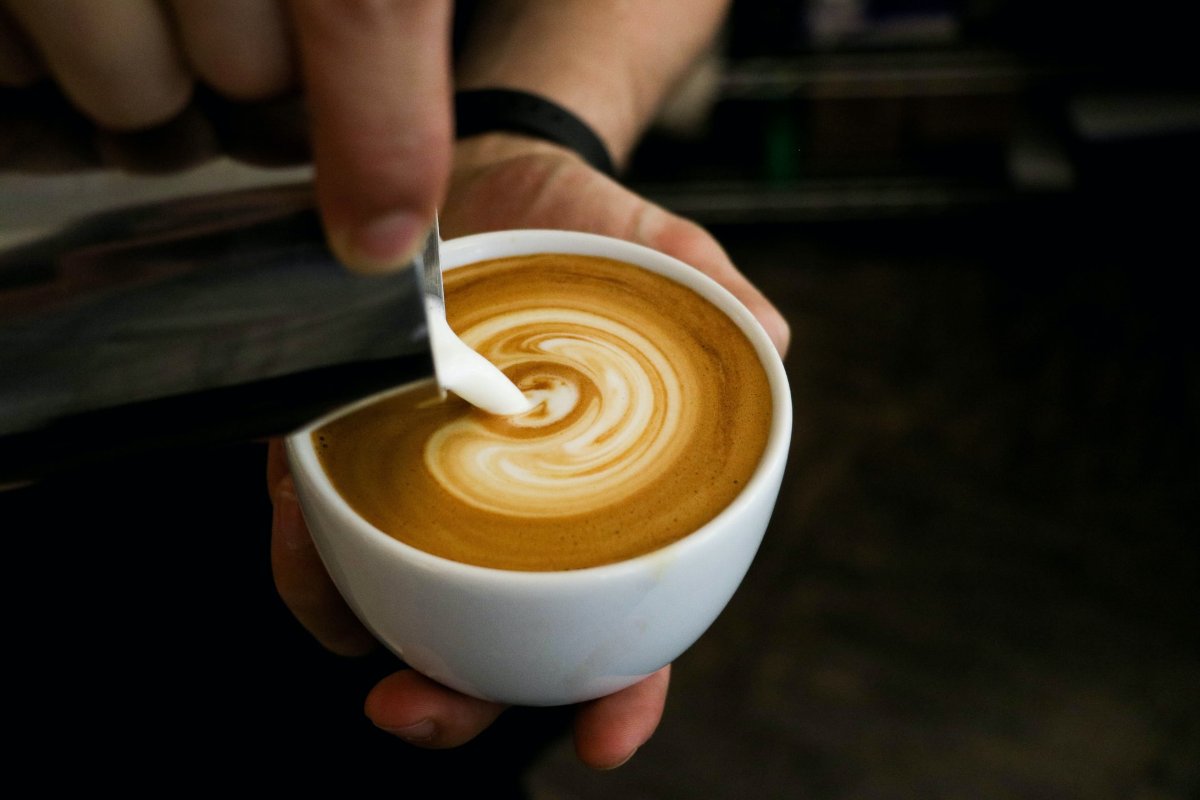
27 Different Types of Coffee, Explained
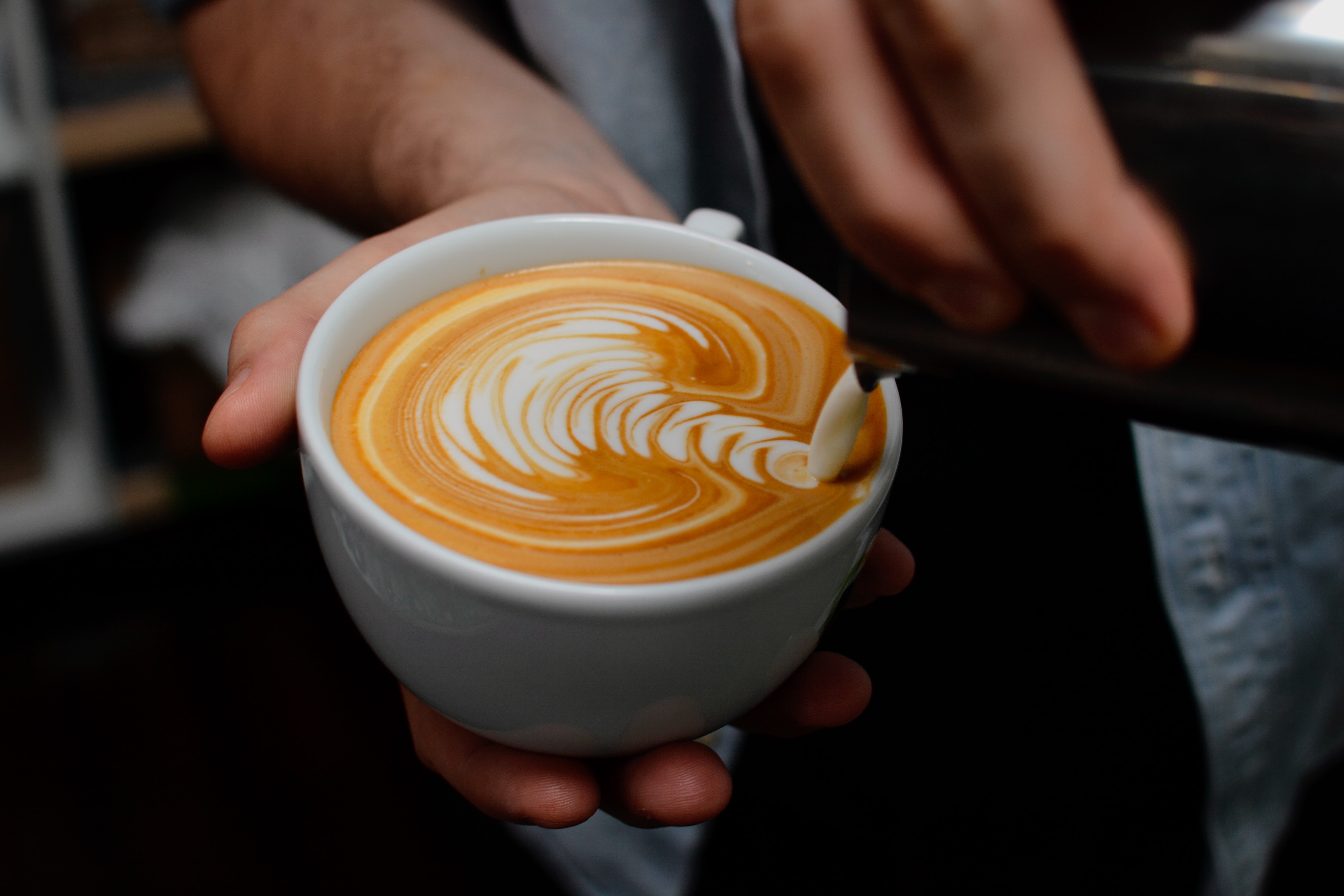
7 Essential Tools to Make Latte Art at Home

Best coffee to fit your home espresso machine
:max_bytes(150000):strip_icc()/__opt__aboutcom__coeus__resources__content_migration__serious_eats__drinks.seriouseats.com__images__20120521-CoffeeComparison-3-a5d21125dd00406cb903219c0e4022ca.jpg)
Gallery: Coffee Drinks: A Visual Glossary

Whats the difference between a latte and a flat white #dublinbaristasc, flat white coffee
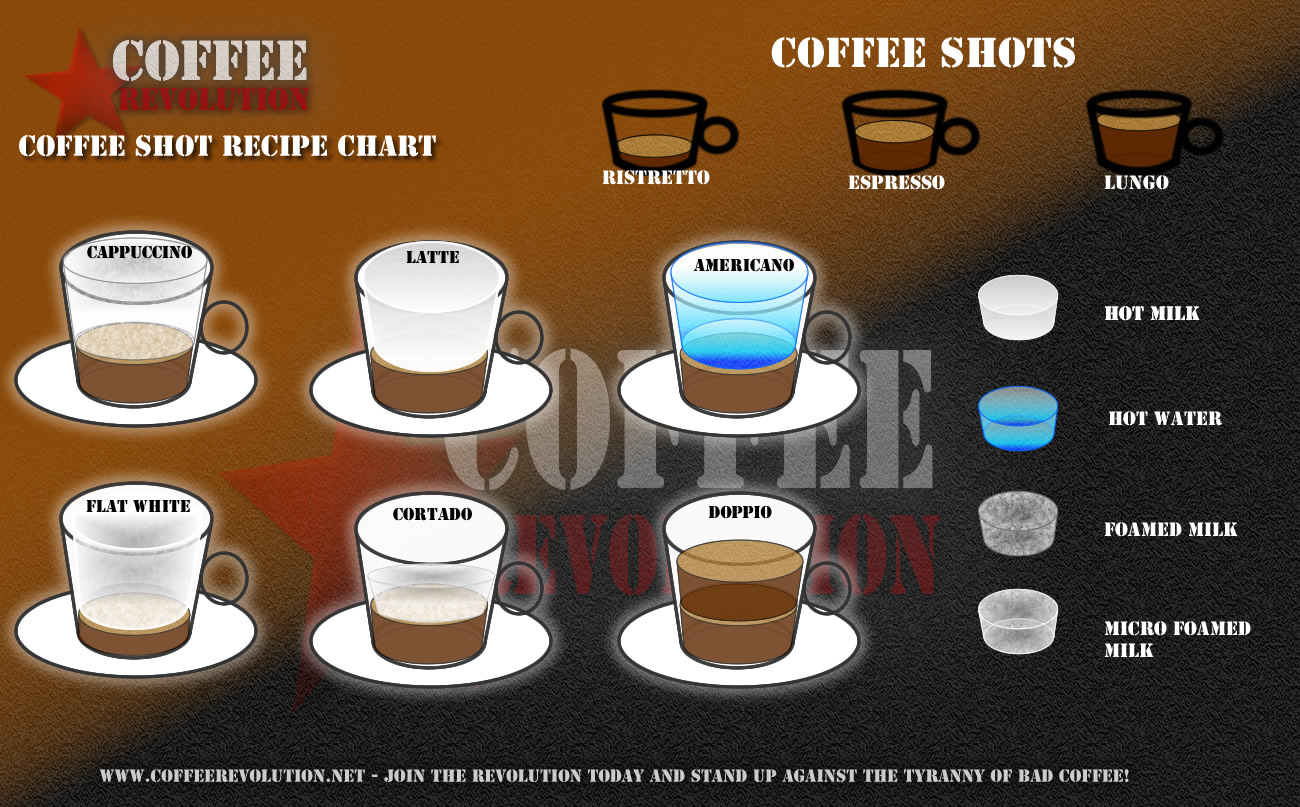
Differences and how to make popular coffees in our vs guide

Cortado vs Flat White: Know The Exact Difference
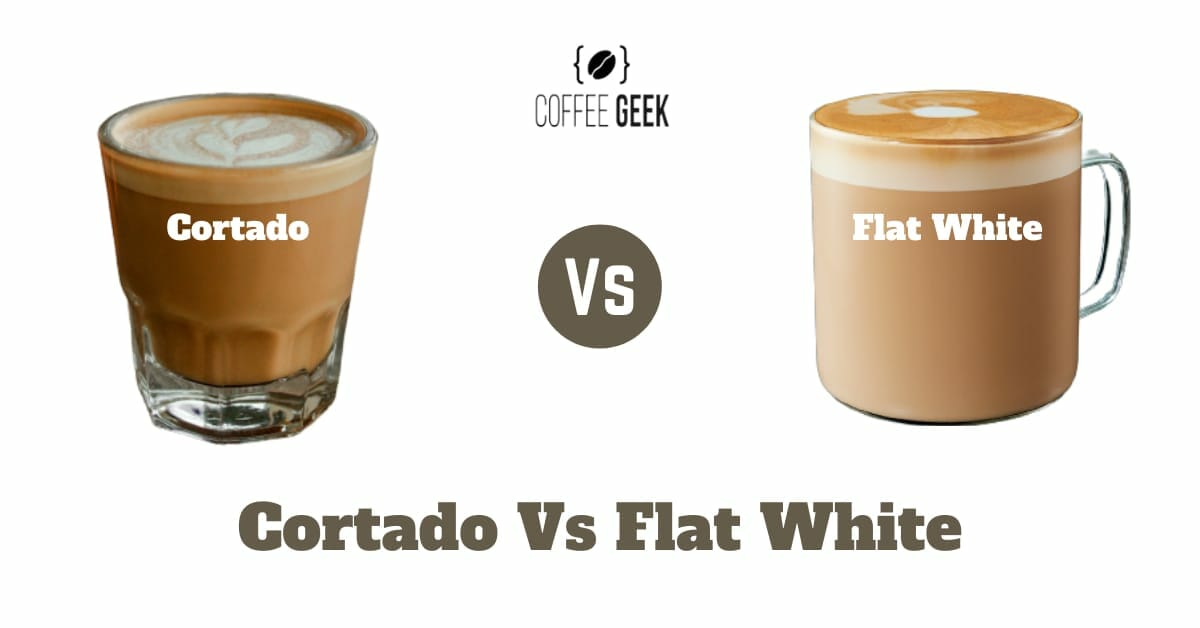
Cortado Vs Flat White: What's The Difference? (Explained)
